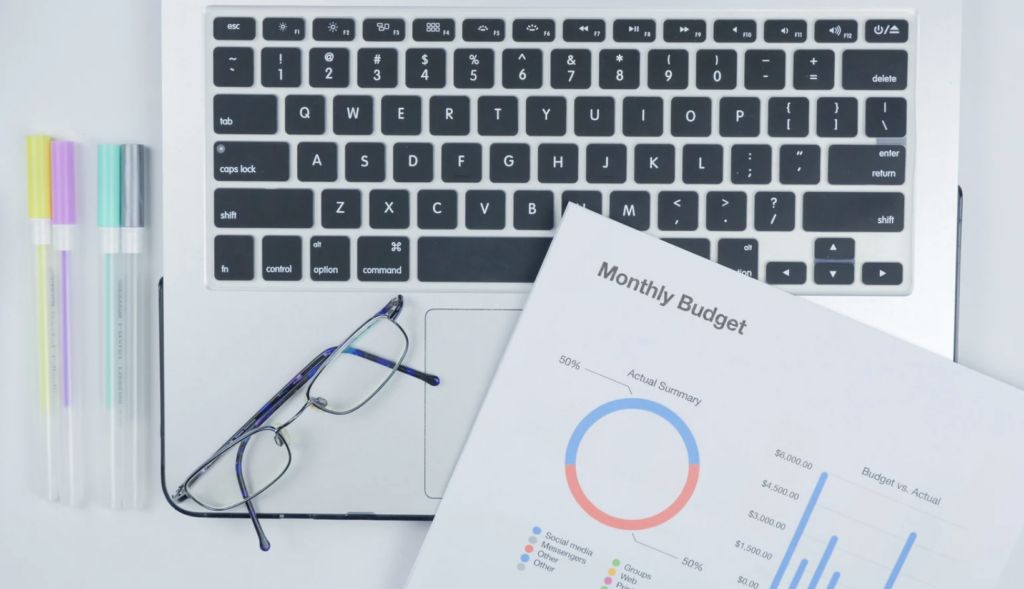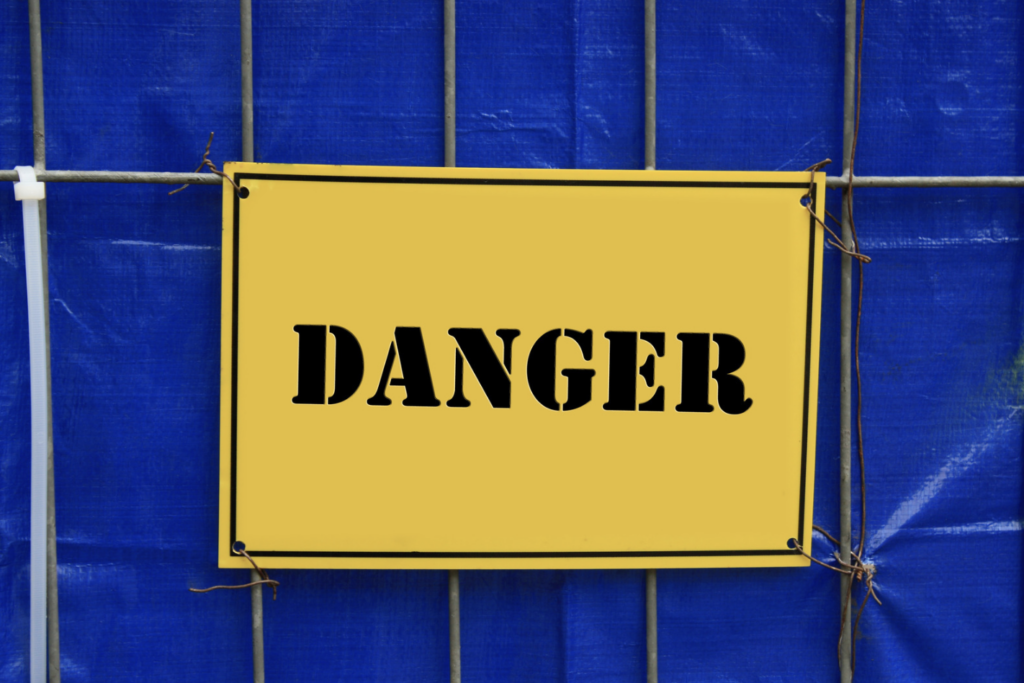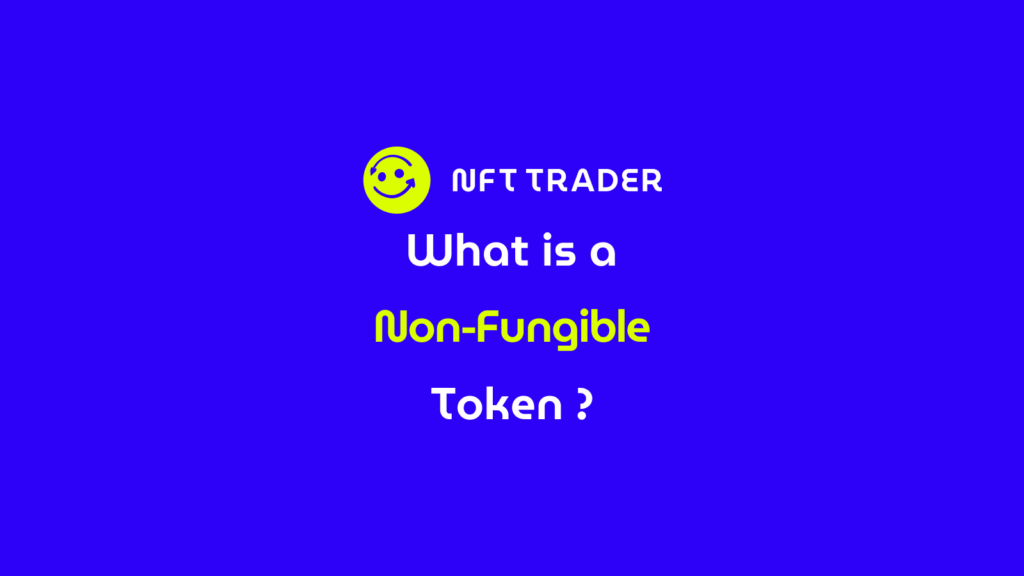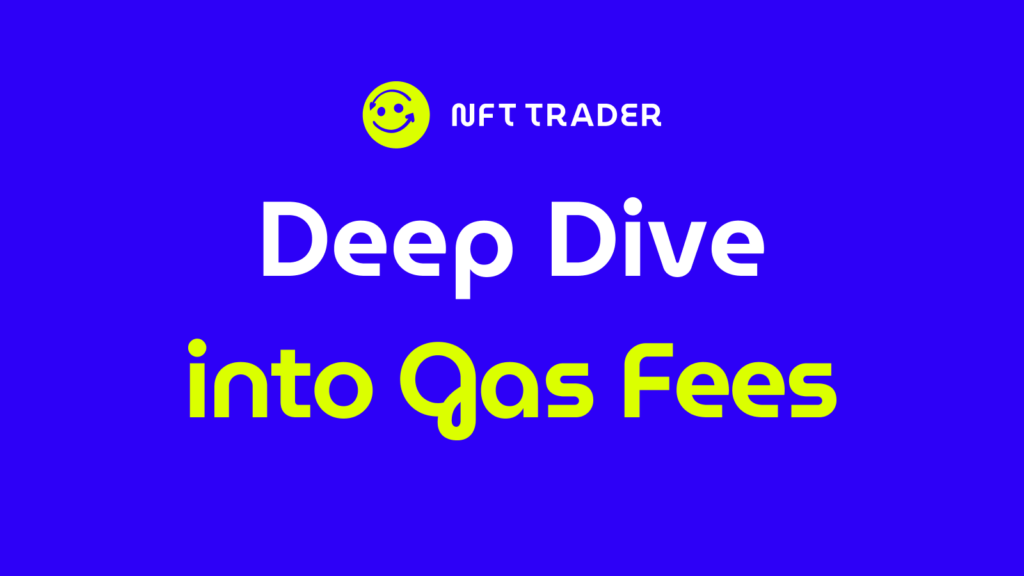How to trade NFT: A step-by-step guide on mastering NFT trading
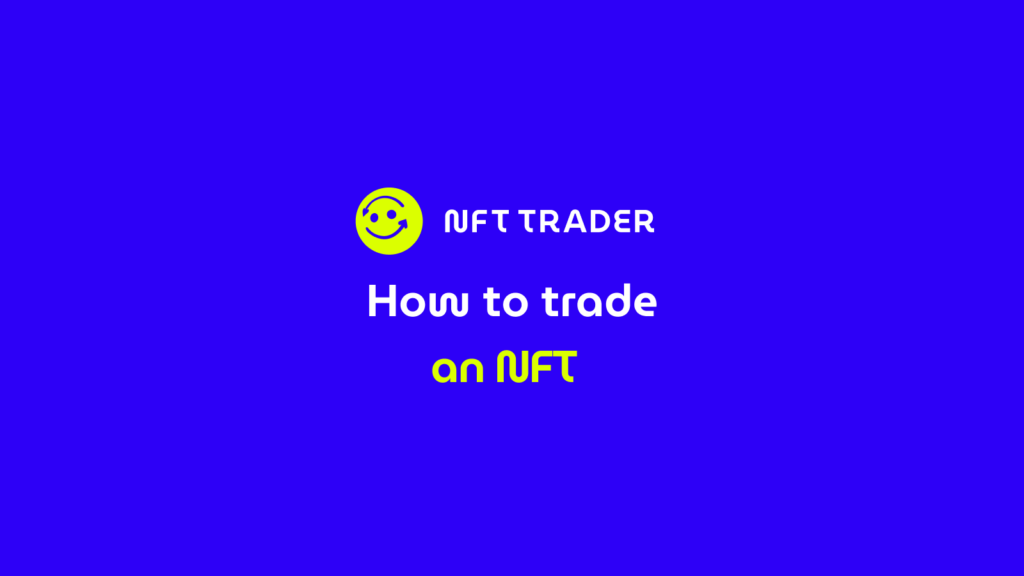
This article zeroes in on how to trade NFT (Non-Fungible Token) and the prospects tied also to the bartering. We will delve into a step-by-step guide, offering insights, concepts, and platforms tailored to NFT owners.
Within these platforms, you’ll find the capacity to purchase and vend NFTs, as well as engage in bartering to exchange them for other NFTs. Additionally, some platforms facilitate swapping NFTs from a pool, broadening the avenues for interaction. However, a crucial consideration pertains to the prevalent issue of scams. Due to their prevalence, certain NFTs may be flagged, leading certain marketplaces to disallow offers linked to them.
By following this guide, NFT owners can navigate the dynamic landscape of trading and bartering while being attentive to potential pitfalls and safeguarding their digital assets.
Summary:
- Getting Started with NFT Trading
- Steps to Start Trading NFTs
- Choosing the Best Platform for NFT Trading
- Risk of NFT Trading
Getting Started with NFT Trading
Do your own research
Discord offers a close-knit connection with communities centered around profile pictures (PFPs) or artists. Engaging in discussions and exchanging ideas with like-minded individuals fosters an atmosphere of excitement and camaraderie.
Additionally, both Discord and Twitter serve as conduits for artists and community moderators to disseminate project news and updates. Regularly monitoring these platforms ensures that you stay abreast of the team’s activities and project advancements.
However, amidst the wealth of information, it’s vital to exercise caution and remain vigilant against potential scams. Unfortunately, once news gains traction, unscrupulous individuals often seize the opportunity to exploit. If something seems too good to be true, skepticism is often warranted.
In this ever-evolving landscape, a guiding principle is to approach each step with an open mind, enthusiasm, and a critical eye.
Evaluating the NFT to pick
Selecting the right NFT to acquire presents a challenging endeavor. Primarily, it’s crucial to steer clear of emotional pitfalls like the fear of missing out (FOMO) or the fear, uncertainty, and doubt (FUD) that can cloud judgment, as these sentiments are often transitory. The decision to purchase an NFT should not hinge on profit expectations but rather on personal affinity or necessity. Given the newness of these assets, they are susceptible to significant volatility, characterized by both upward and downward shifts in value. Consequently, a prudent approach involves making choices based on genuine interest rather than speculative motives.
In the landscape of NFTs, informed decisions founded on sound judgment can help navigate the dynamic nature of these digital assets.
How to create an NFT Trading strategy
The blockchain, along with its block scan tools, serves as a reliable ally. Whenever uncertainties arise, harnessing these resources can provide clarity. By utilizing these tools, you can verify ownership of a particular collection or ascertain the artist associated with specific NFTs. This traceability stems from the on-chain provenance that can be readily examined.
It’s imperative to underscore the significance of personal judgment. When making decisions, remain independent and refrain from relying solely on the opinions of others. Your own feelings and assessments should steer your choices, as the uniqueness and subjectivity of NFTs make them a realm where personal sentiment holds paramount importance.
Incorporating these practices safeguards your understanding and involvement in the NFT space, fostering an informed and authentic experience.
Steps to Start Trading NFTs
Get a crypto wallet
- Choose a Wallet Type: Decide whether you want a software wallet, hardware wallet, or a web-based wallet. Each type has its own advantages and considerations:
- Software Wallet: These are applications or software programs that you can download and install on your computer or smartphone.
- Hardware Wallet: These are physical devices that store your cryptocurrencies offline, providing a higher level of security.
- Web-Based Wallet: These are online wallets that you can access through a web browser. They are convenient but usually considered less secure than hardware wallets.
- Download and Install: If you’re opting for a software wallet, download the wallet application from the official website or app store. For hardware wallets, purchase the device from a reputable source.
- Create an Account: Follow the on-screen instructions to create an account. This might involve setting up a strong password and generating a recovery seed phrase. Your recovery seed is crucial for recovering your wallet in case you forget your password or lose your device.
- Secure Your Wallet: For software wallets, make sure to enable two-factor authentication (2FA) if it’s an option. For hardware wallets, keep your recovery seed phrase offline in a safe and secure location.
- Backup Your Wallet: Regardless of the type of wallet you choose, back up your recovery seed phrase on paper and store it securely. This is your only way to recover your wallet if you lose access.
- Connect to Marketplaces: Once your wallet is set up, you can connect it to different NFT marketplaces, depending on the compatibility of the wallet.
- Fund Your Wallet: To participate in NFT projects, you’ll need to load your wallet with the accepted cryptocurrency, usually Ethereum (ETH). You can do this by purchasing Ethereum from exchanges and transferring it to your wallet’s address.
Remember that security is paramount when dealing with crypto wallets. Be cautious of phishing attempts, only download wallet software from official sources, and avoid sharing your recovery seed phrase with anyone.
It’s worth noting that the steps might vary slightly depending on the specific wallet you choose, so always refer to the wallet’s official documentation for detailed instructions.
Buy/transfer crypto
After successfully setting up the wallet, the subsequent task entails funding it with the accepted tokens of the marketplace. Typically, you can achieve this by either transferring funds from a centralized exchange (CEX) or employing credit card services to replenish your wallet. This process empowers you to engage seamlessly within the chosen marketplace, facilitating your participation in the selected NFT project.
These preparatory steps lay the groundwork for your NFT journey, ensuring you are well-equipped to navigate the intricacies of the digital asset space.
We’ve also explained in detail here How to buy your first NFT
Mint or buy NFTs
Once your wallet is funded, you have two primary avenues for acquiring NFTs:
- Minting NFTs: This involves creating an NFT, either through a dedicated website or a drop page on well-known NFT marketplaces.
- Buying NFTs: Purchase NFTs directly from marketplaces.
Minting an NFT carries inherent risks, especially if done through a specific website. In cases where the associated smart contract has flaws or the website is malicious, you’re exposed to the potential of being scammed, resulting in loss of both cryptocurrencies and other assets within your wallet. However, minting does offer the possibility of becoming the inaugural owner of a unique NFT.
Conversely, buying NFTs is a safer route to avoid scams. Opting for reputable and trusted platforms within the NFT space significantly diminishes the risk of falling victim to hacks or scams. By adhering to these established platforms, you can confidently engage in NFT transactions while minimizing potential security concerns.
As with any investment, conducting thorough research, and exercising caution when navigating the NFT landscape is crucial to ensuring a positive and secure experience.
For more detail related to the NFT minting you could take a look at our explanation here: NFT minting: what is it and how does it work?
Choosing the Best Platform for NFT Trading
Within the expansive realm of NFTs, a multitude of platforms facilitate the trading and bartering of these unique digital assets. Let’s embark on an exploration of these platforms and delve into the dynamic world of NFT transactions. We’ve explained the major platforms here: Best NFT marketplaces: top 5 platforms 2023
Where can I trade NFT ?
The NFT market presents a plethora of platforms designed for trading and bartering these unique assets. Among the notable ones are:
- NFTTrader: This platform specializes in digital collectible and NFT bartering, making it an original in over-the-counter (OTC) NFT bartering. It enables users to trade baskets of assets for other baskets, akin to physical card trading. NFTTrader’s compatibility extends to EVM chains.
- OpenSea: As one of the first NFT marketplaces, OpenSea has established itself within the space. It boasts popularity among users, for buying and selling NFTs. Additionally, it supports multiple Ethereum Virtual Machine (EVM) chains, broadening its reach. There is also OpenSea Pro, that is an aggregator of other popular marketplace.
- Blur: This relatively recent marketplace has garnered attention by incentivizing trading through its native token, offering cashback for buying, selling, and bidding activities. The allure of these incentives has propelled its popularity within the NFT community. It works also as an aggregator.
- Rarible: Another stalwart in the NFT landscape, Rarible’s reputation is well-earned. It supports various EVM chains and divergent blockchain networks. Notably, it operates in conjunction with a Decentralized Autonomous Organization (DAO) known as RaribleDAO.
Although there exists a plethora of other platforms, this list encapsulates some of the most prominent ones. This array of platforms underscores the dynamic nature of NFT trading and the diverse avenues available for enthusiasts and collectors.
Before pick any of those, just use the one that it’s solving your needs.
It’s very important to time the market when you’re going to trade or sell your NFTs, you could find a guide here: Capitalizing on NFTs: a strategic approach to selling your NFTs successfully
Risk of NFT Trading
As a nascent technology, the NFT landscape is in its infancy, and the road ahead promises further evolution. Navigating this uncharted territory necessitates caution. Avoiding platforms with little to no reputation and using burner wallets when necessary is crucial to thwart phishing attempts, which remain an ever-present threat. To mitigate these risks, it’s advisable to preserve NFTs in hardware wallets, refraining from connecting them to external websites.
When contemplating the trade or sale of owned NFTs, it’s wise to transition them from a hardware wallet to a web wallet to avert potential security breaches. As the NFT space matures, adopting these precautions and adapting to emerging best practices ensures a secure and rewarding experience.

